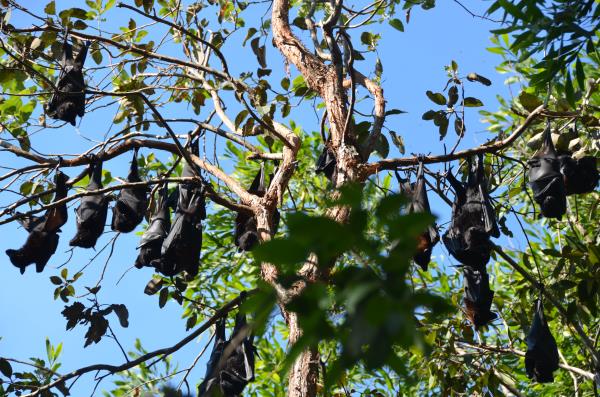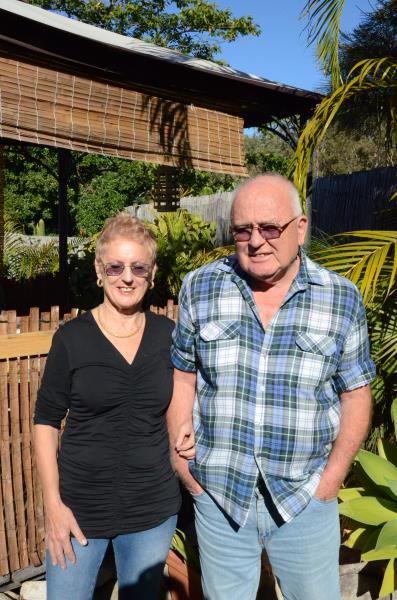
By JONATHON HOWARD
NOOSA Council is moving ahead with plans to widen the natural buffer between Wallace Park residents and a dwindling flying fox colony.
Concerns were raised last month from residents living near Wallace Park.
The residents felt the flying fox colony was encroaching on their lifestyle as well as damaging property after the colony exploded in numbers.
However, the colony has since dwindled and Noosa Council aims to address future concerns by increasing a natural buffer between the residents and the bush.
Jeff and Norah Lilley have been living near Wallace Park for five years and said when the colony was at its largest – around 400,000 – the smell, sound and droppings were “unbearable”.
The Lilleys said they understood the delicate balance between the flying fox and seed dispersal for forests, but they had reached their limit.
“For about eight months it was completely unbearable,” Mrs Lilley said.
“We could be woken up at 4am to the horrendous screeching sounds and the smell was overpowering.”
The Lilley’s were among several residents who called on the Noosa Council to intervene and disperse the flying foxes.
“We had to replace a pergola and we’re constantly cleaning the gutters and keeping the droppings off the shade cover,” she said.
Mrs Lilley said it was fine for residents who did not live near the colony to defend the flying fox.
“But if the shoe were on the other foot, they might view the flying foxes differently,” she said.
Noosa councillor Tony Wellington said he understood the sensitive nature of the flying fox debate.
“I appreciate that this is a vexed issue, with different interest groups joining the debate. However moving a colony is not simple, and the ideal scenario will always be that the animals choose to disperse of their own accord,” he said.
“That is what we are hoping will occur at Wallace Park with the remaining flying foxes. In the meantime, while the numbers are very low, the council will undertake some mitigation works to improve the buffer zone.
“It is worth noting that flying fox colonies do not represent a threat to the health of nearby humans. However residents should not handle flying foxes, or even smaller micro-bats, as they may carry viruses that can be transmitted by direct contact.
“Flying-foxes are essential for the pollination of many native plants. However they are certainly reducing in numbers due to the actions of humans. I thank the many residents in the Wallace Park area for their forbearance over the past few months. I know that the smell and noise from large numbers of flying foxes can be unpleasant to some.”
The planned works were expected to be carried out in the coming weeks.








